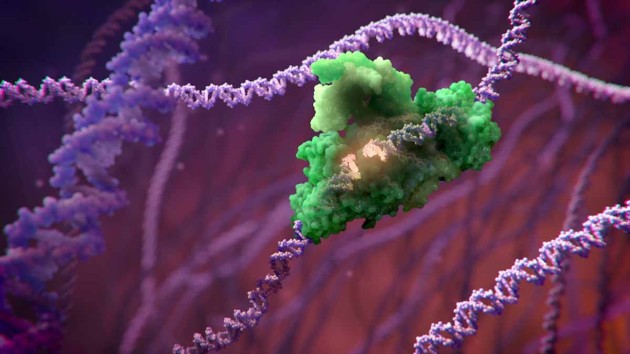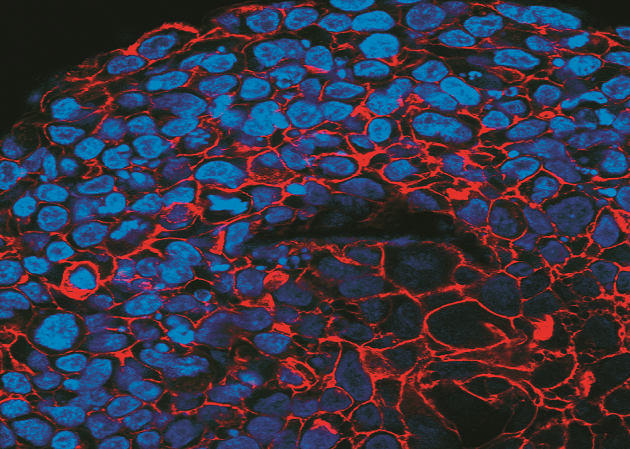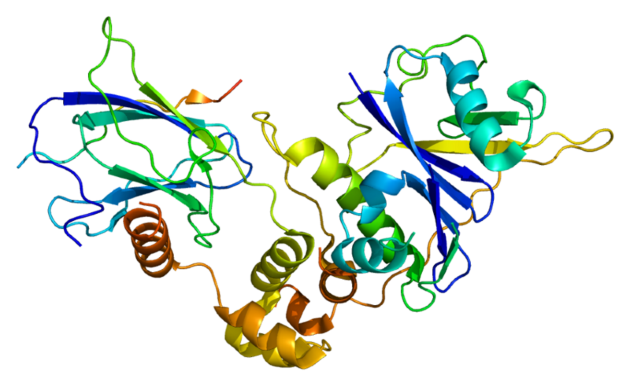Collection |
Collections
Filters
-
Collection Type
-
-
Special |
 SCGE
SCGE
Genome Engineering has great potential to change how we model, understand, and treat diseases.
Image: XVIVO -
Collection |
 Reader's Choice 2021
Reader's Choice 2021
In this collection we highlight a selection of articles from 2021, which top the list of the journal’s most cited, downloaded and most shared (including press coverage, blogs, Twitter, Facebook and Weibo). They showcase the breadth of scope and coverage that the journal consistently delivers to its readers.
-
Collection |
 Gene Editing
Gene Editing
In less than 10 years since the seminal paper by Doudna and Charpentier, the discovery of CRISPR as a programmable gene editing tool has revolutionized the therapeutic genome editing field. This was acknowledged last year with the announcement of the Nobel prize in Chemistry and continues to be exemplified by increasing publications on the subject. In the last two years, Gene Therapy has seen a remarkable increase in gene editing papers ranging from the basics, such as the contributions of mitotic gene conversion through to in vivo editing of Tay Sachs and Sandoff disease. In this collection, we have selected the most recent papers making a contribution to this exciting field.
-
Collection |
 Reader's Choice 2020
Reader's Choice 2020
See what scientists worldwide have been reading, citing and sharing.
Image: Mordolff, Getty -
Collection |
 Gene Therapy and Cancer
Gene Therapy and Cancer
One of the most exciting aspects emerging from the field of gene therapy is that it demonstrates how it can be applied to targeting cancer cells. As cancer is rarely a monogenic disease, this demonstrates the extraordinary reach that gene therapy applications have beyond their original use in addressing those orphan diseases many of us have worked on during our careers. The papers in this collection use standard AAV based delivery approaches, apply AI algorithms, and argue the pros and cons of genome engineering towards CAR-T treatments. This collection is a validation that basic science can be used to build on a greater foundation of scientific capital which can be applied to many aspects of human health.
Image: Iman van den Bout, Heidi Truter, University of Pretoria, South Africa. -
Collection |
 Keeping an Eye on Gene Therapy
Keeping an Eye on Gene Therapy
The Editors of Eye and Gene Therapy have put together this joint collection on gene therapy in the eye, to showcase some of the recent research in this field.
Image: Yuichiro Chino -
Collection |
 Spotlight on South America
Spotlight on South America
Research in regenerative medicine is thriving across the world, and América del Sur is no exception. This special issue of Gene Therapy, coordinated by South America Associate Editor Ursula da Silveira Matte and Guest Editor Hugo Peluffo Zavala, is devoted to work submitted by authors located in many South American countries, with topics including cancer, cardiovascular, Parkinson and inherited diseases. The papers report use of multiple gene and cell therapy technologies, spanning viral and non-viral vectors, genome editing, DNA vaccines, chimeric antigen receptor T-cells (CAR-T), induced pluripotent stem cells (iPSC), and adipose-tissue-derived stem cells.
-
Collection |
 The best of Gene Therapy 2018 - 2019
The best of Gene Therapy 2018 - 2019
See what scientists world-wide have been citing, reading and sharing. In this Web Collection we highlight a selection of articles from 2018 and 2019 which top the list of the journal's most cited, most read and most shared (including press coverage and Twitter). They showcase the breadth of scope and coverage that Gene Therapy consistently delivers to its readers.
-
Collection |
 25 Years of Gene Therapy
25 Years of Gene Therapy
To celebrate 25 years of Gene Therapy, the Editor-in-Chief has selected 25 of the journal's most innovative papers to highlight the journal's impact in the field over the past 25 years.
-
Collection |
 2019 Nobel Prize in Physiology or Medicine: Celebrating the Winners
2019 Nobel Prize in Physiology or Medicine: Celebrating the Winners
The 2019 Nobel Prize in Physiology or Medicine was jointly awarded to William G. Kaelin Jr, Sir Peter J. Ratcliffe and Gregg L. Semenza “for their discoveries of how cells sense and adapt to oxygen availability”. Collectively, their research led to an understanding of the elegant mechanism cells use to respond to changes in oxygen levels, a fundamental process that underpins normal physiologic functioning and plays a critical role in several diseases, including cancer. Via a combination of oxygen-dependant targeted destruction of the Hypoxia Inducible Factor and modulation of gene expression, cells are equipped to survive in a fluctuating environment. This pioneering research helped pave the way towards a plethora of medications that target this pathway. In celebration of their success, we have featured some of their articles in this collection, which includes content from Oncogene, British Journal of Cancer, Pediatric Research, Gene Therapy, Cell Death and Disease, and the Journal of Human Hypertension.
Image: Emw [CC BY-SA 3.0 (https://creativecommons.org/licenses/by-sa/3.0)] -
Collection |
 ASGCT 22nd Annual Meeting 2019
ASGCT 22nd Annual Meeting 2019
The American Society of Gene and Cell Therapy Annual Meeting was held between 29th April - 2nd May 2019, and focused on new developments and advancements in the field of gene and cell therapy research over the last year. The Editor-in-Chief of GT, in the spirit of this important event, is pleased to showcase the work of many researchers in this field, which aligns with the critical themes of this exciting congress.

 Editor's Choice
Editor's Choice